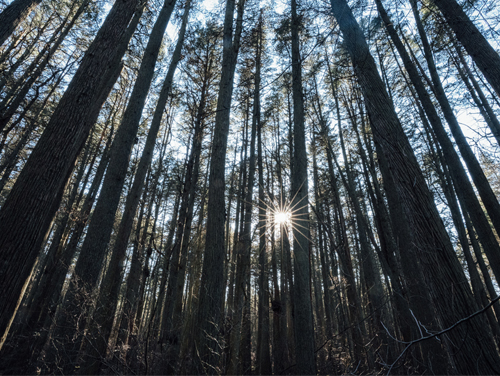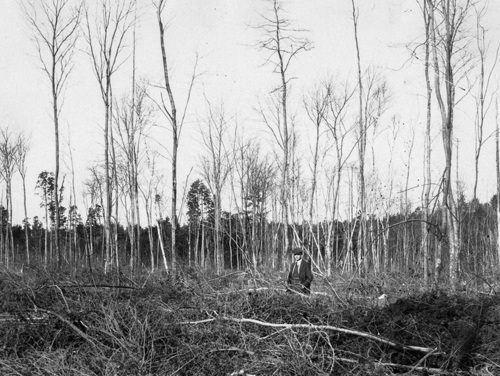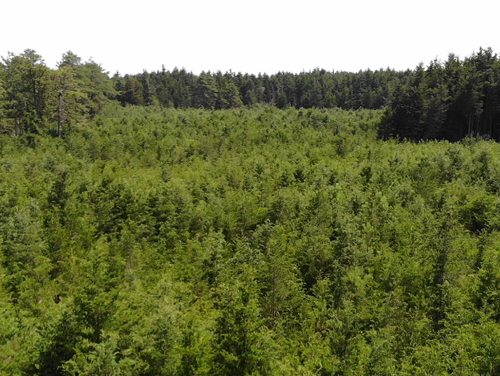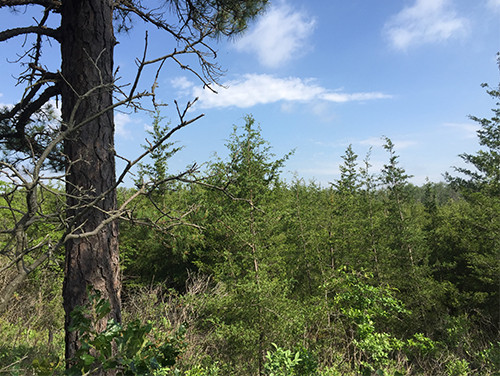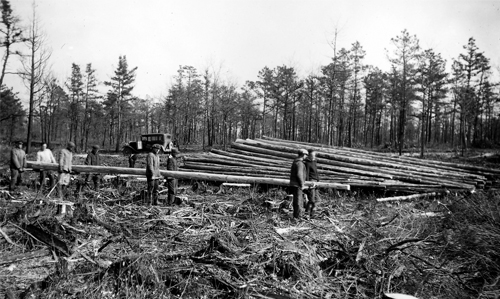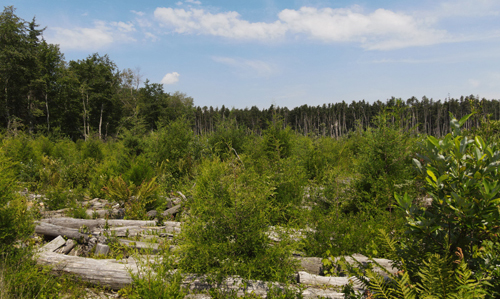Why Cedar?
Atlantic white cedar swamps provide a unique habitat for rare and endangered species in New Jersey. Swamp pink (Helonias bullata) is a federally threatened and state endangered flowering plant of the lily family. The saturated soils and canopy cover found within cedar swamps provide favorable conditions for the plant. In addition to flora, cedar swamps are a valuable habitat for the fauna of the Pinelands. At least one member of the butterfly and moth family, Hessel’s hairstreak (Mitoura hesseli), is exclusively dependent on Atlantic white cedar swamps, and is a species of special concern in New Jersey. Furthermore, cedar swamps provide winter hibernation habitat for the state-endangered Timber Rattlesnake (Crotalus horridus).
Ecosystem services provided by cedar swamps, like temperature moderation and water filtration, are valuable to wildlife and humans alike. Cedar swamps are a type of freshwater wetland, meaning their soils are saturated at least seasonally throughout the year. These ecosystems have a more moderate environment than the lands that surround them. Cedar swamps provide continuous cover throughout the year, creating a cool, shaded environment in the summer, and radiative cover in the winter.
Cedar swamps are vital to the character of the Pinelands and its water. Streams in the Pinelands are almost exclusively supplied by groundwater; the cedar helps to moderate base flow and acts as a filter for nutrients in water. Peat formed in the muck soils of cedar swamps removes and stores nutrients and pollutants from the water including significant quantities of carbon, providing a stable long-term carbon sink. The natural organic compounds, called tannins, are found in the muck soils of cedar swamps and contribute largely to the characteristic red-brown water color of the Pinelands region.
Atlantic white cedar has experienced severe decline across its range, with New Jersey being the last stronghold of the resource. However, New Jersey’s resource is extremely vulnerable with less than 25,000 acres across the state. Much of this acreage is imperiled by coastal saltwater inundation directly resulting from increasing rates of sea-level rise due to global climate change.
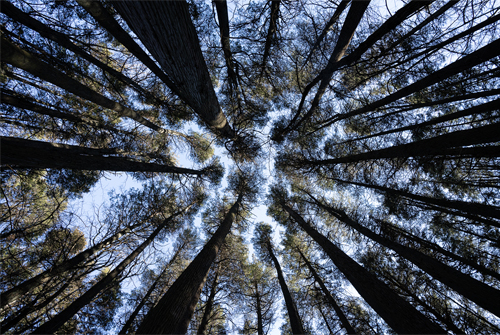
 Official Site of The State of New Jersey
Official Site of The State of New Jersey



